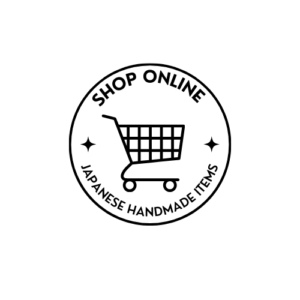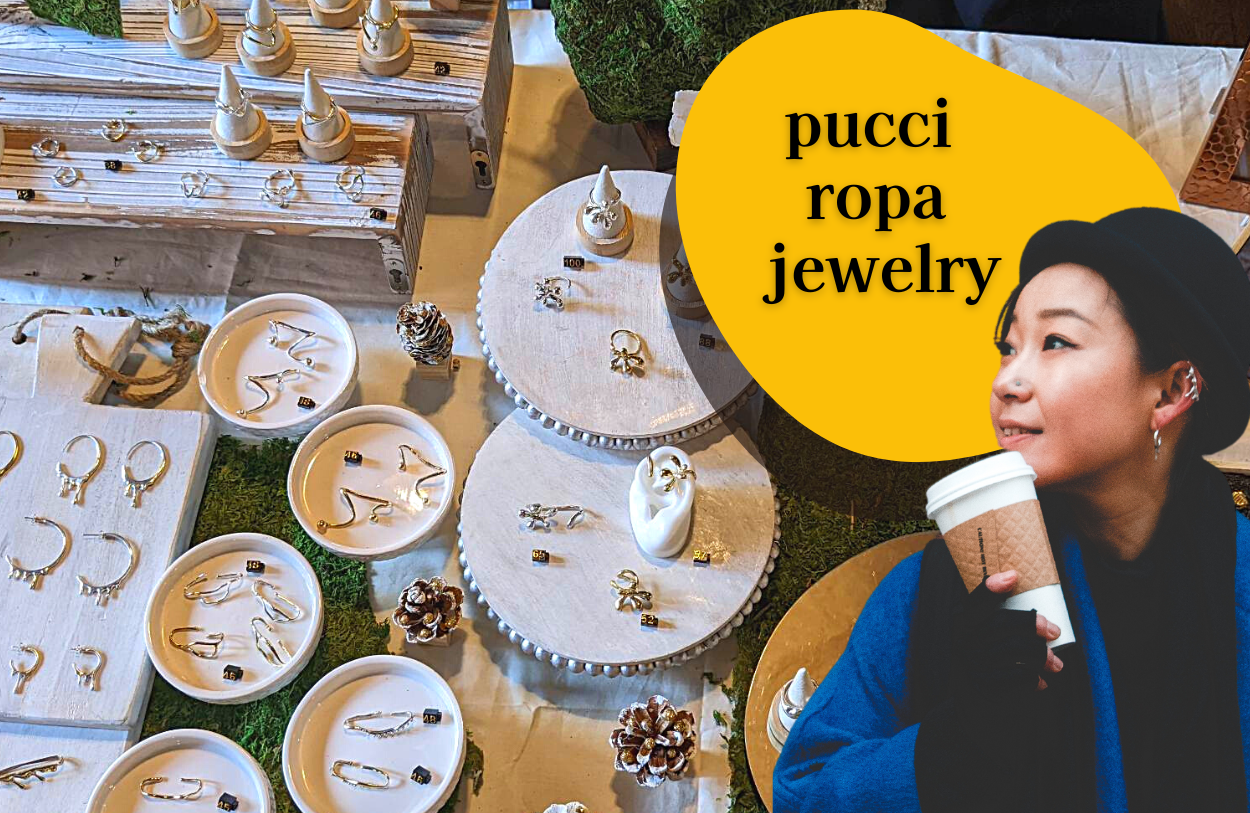
This post was orinigally published on Resobox website. (https://resobox.com/news/%E3%80%90nejapanese-artist-pop-up-shop11/)
On February 26, 2023, “Japanese Artist Pop-up Shop 11” was held at RESOBOX East Village, featuring a variety of booths selling accessories and other goods by Japanese artists in New York and local artists whose works are related to Japan. This collaboration was planned by NYK Marketing, an event company in NY, as a means to connect artists and consumers, as well as a forum for artists to interact with each other. The Japanese Artist Pop-Up Shop has been held at our RESOBOX space since 2018, and this was its eleventh iteration.
With more than 400 people coming to the six-hour-long event, its popularity has ballooned since it was first held, and many attendees from past markets make a point of coming to new ones. Yoko Ito, the president of NYK Marketing, was featured in the newsletter of Felissimo, a major Japanese lifestyle goods company, for her work in spearheading this successful assembly of artists.
“What kind of artists are invited to the pop-up shop? What is the secret of their popularity?” In response to these types of questions, we interviewed Chihiro Takeshita, an accessory artist who has been appearing at the Japanese Artist Pop-Up Shop since 2019. Ms. Takeshita launched her brand “pucci ropa jewelry” with the motto “jewelry that makes everyday fun,” and creates rings, earrings, and other items.

Q/ Your individuality shines through in your intricate silver accessories. First of all, please tell us about the characteristics of your work and your thoughts behind the brand name “pucci ropa jewelry.
I mainly create accessories using sterling silver and brass.
My own preference is for “designs with a unique personality” rather than “stripped-down” beauty. The designs favored by New Yorkers are also accessories with a strong presence, so I mainly focus on making that type of jewelry.
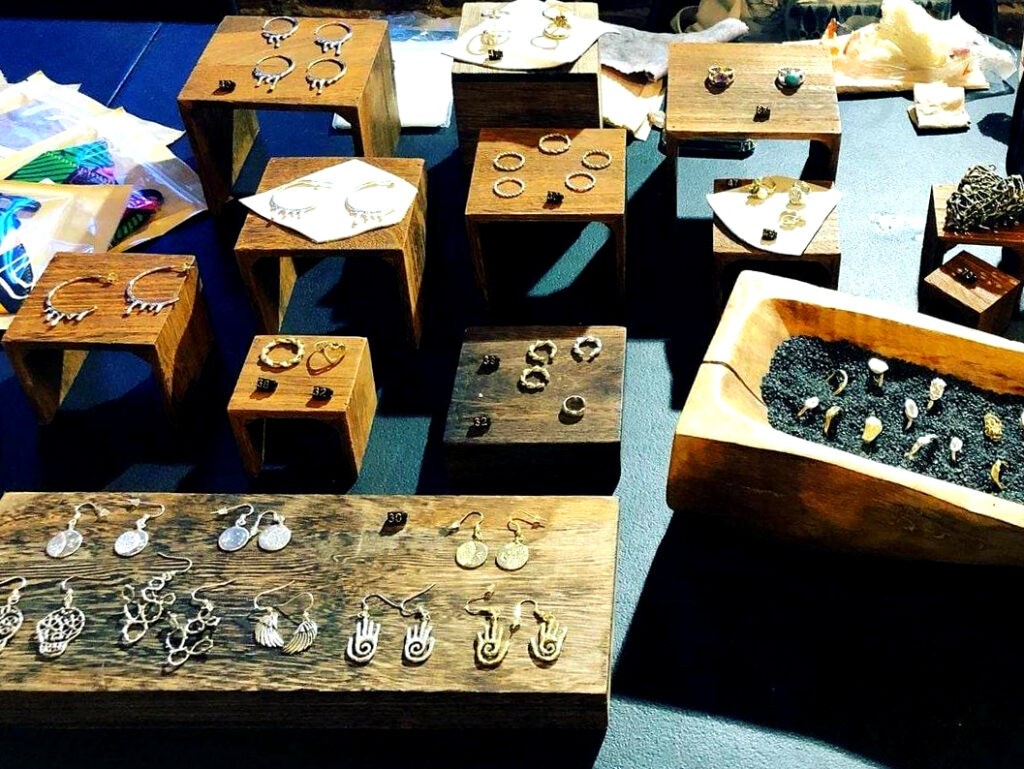
The brand name “pucci ropa jewelry” is a combination of the word “Pucci,” which means ‘small’ and is my nickname because I am petite, and “Ropa,” which means ‘clothing’ in Spanish. I decided to use this word for the name of my brand. Since coming to New York, I have often been deeply moved by the welcoming energy of my Mexican neighbors, so I decided to use this word in the brand name.
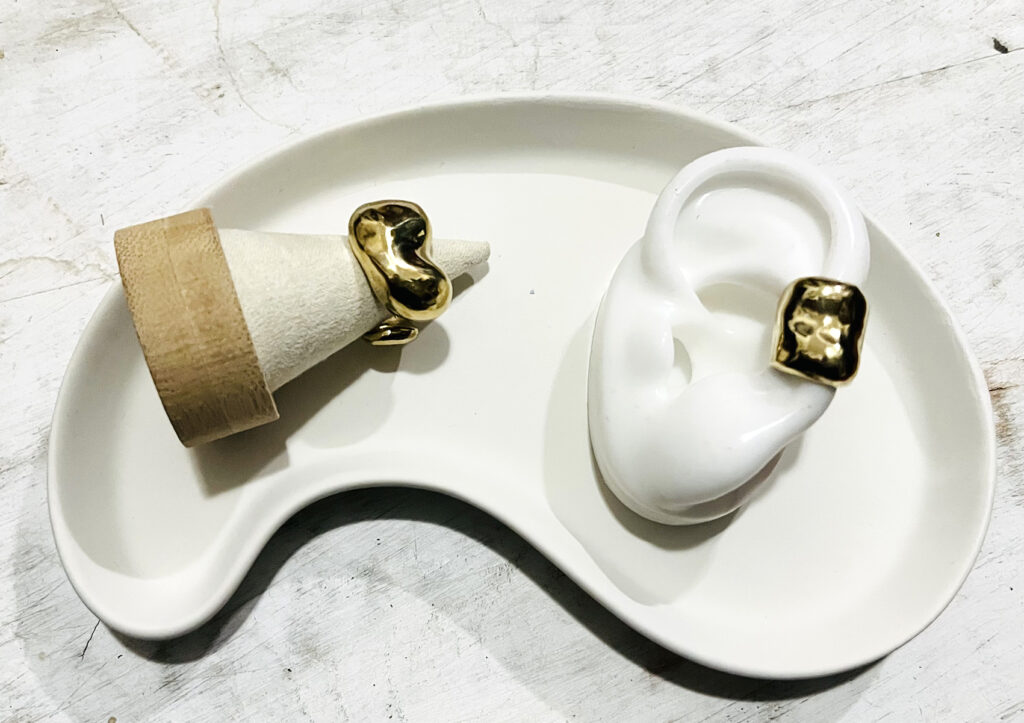
Q/How did you come to work as an accessory artist in New York?
I first started living in New York City in 2010. Before that, I was working as a hip-hop dancer in Tokyo, mainly at events, clubs, and fitness studios, but I had a strong yearning to study dance seriously in New York, the sacred land of dance, so I took the plunge and came to the U.S. After arriving in NYC, I joined a dance company while learning English, and was also blessed with the opportunity to teach dance to local children. During those days, I became increasingly attracted to the energetic mood of the city where people who are serious about taking on challenges gather.
Later, I had to return to Japan for unavoidable reasons. However, while I was in New York to pick up my belongings, a friend suggested, “Why don’t you study abroad at an art school?” I came back to NYC in 2015, and wound up enrolling in a school where I learned to make jewelry. In 2017, I started making metal jewelry, which I had been interested in but hesitated to do because of the high cost to get started. Yet I put all my effort into it, and when I began exhibiting my work, acquaintances began asking me to make custom pieces for them, and I found myself receiving orders as an artist.

Q/ How did you find “Japanese Artist Pop-up Shop”? What was good about joining the event, and what do you find appealing from an artist’s point of view?
I decided to participate through an introduction from a friend who had been participating since the first show. I thought about setting up a personal online store to sell my works, but many of my works have curves and forms that feel good on the skin, so it is easier for people to find them attractive if they actually wear them. Being able to participate in pop-up shops has increased the number of instances in which customers try on and then purchase my products.
There is also the advantage of being able to listen to customers’ opinions directly. We can learn about the designs that New Yorkers like and enjoy chatting with them while adjusting their sizes on the spot.
I was also happy to meet people who dropped by on a whim, and to make connections with other artists who participated in the event. The more I participate, the more my sales improve, and I am grateful for the opportunity it has given me to become more serious about my business.
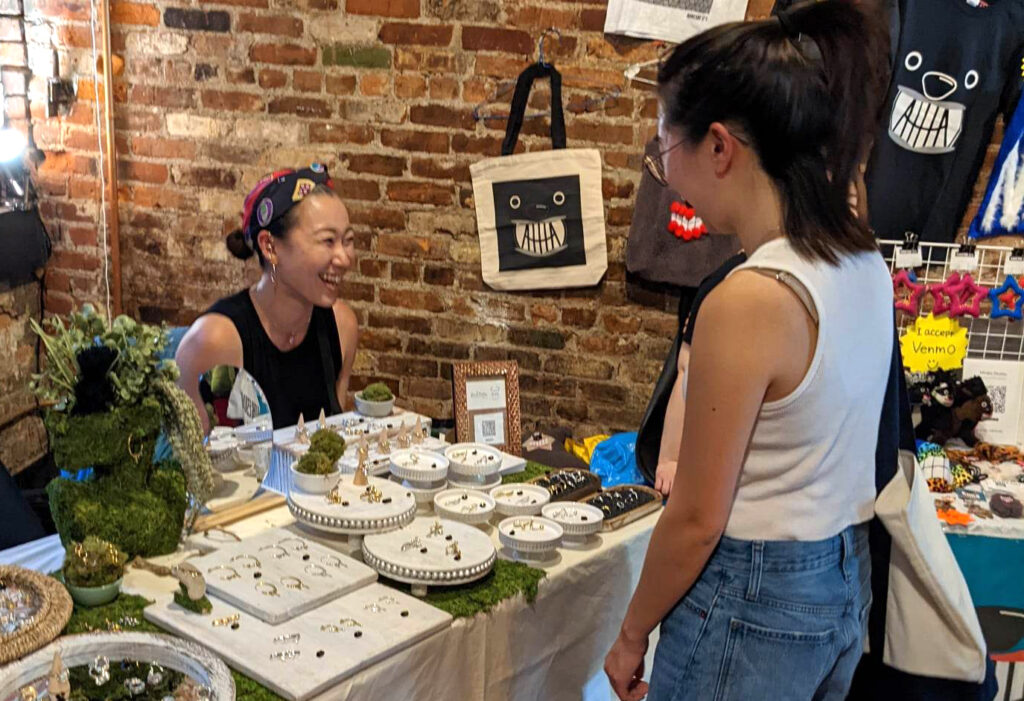
Q/Your work is posted on Instagram. Many of the designs are unique and one-of-a-kind, and it is exciting to see them. Can you tell us what you want to express in your works and what you feel your signature creations are?
I create my pieces by focusing on events that have touched my heart and moments that have shaken my emotions. Therefore, all of my creations have a meaning and a title.
One of my signature works is a ring named “Amoeba”; I wanted to express a 3D, uneven design, and when I was doing some research, I was fascinated by amoebae. Digging deeper, I found that an amoeba has the characteristic of constant change, and that it also means evolution, revolution, and transformation. I was so excited that I decided to make it into a work of art. The complicated shape makes it difficult to work with, but I carefully finish each piece in the hope that it will become an item that encourages change and evolution in the people who wear it.
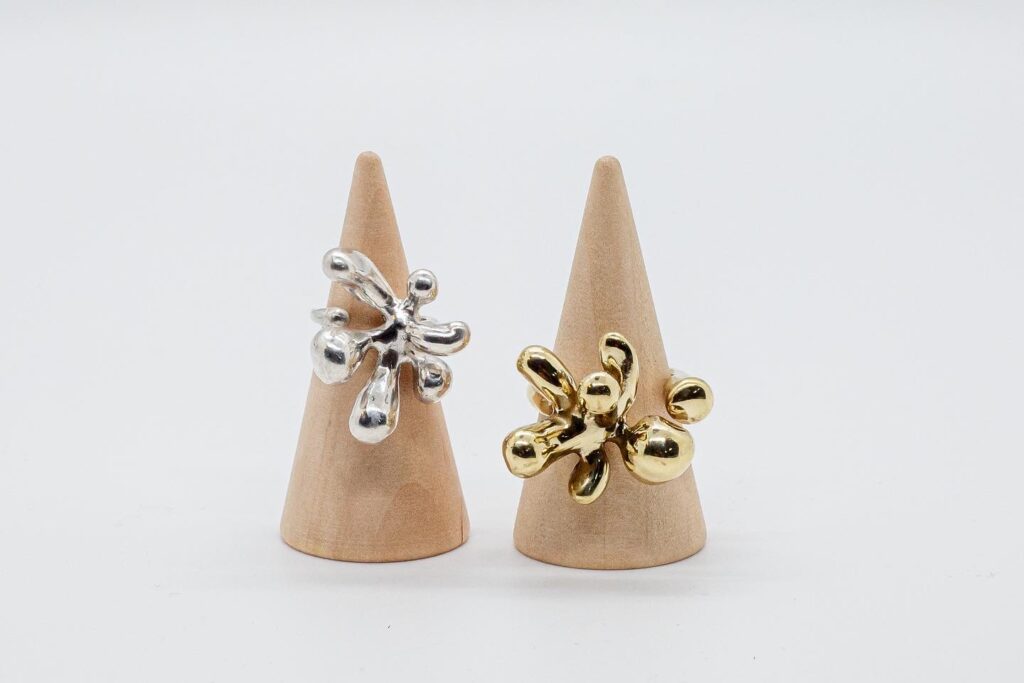
The ring based on the theme of the song “WINDING ROAD,” a collaboration between Japanese singers, Ayaka and Kobukuro, is another item that I have a strong attachment to. The design was inspired by the lyrics of the song, “Many little lights waiting at the end of a winding road,” which encouraged me personally. I hope that my work, which was born from my own experience, will inspire customers to feel supported on their journey, a sort of good luck charm. I would feel happy if my pieces become items to help people enjoy everyday life.
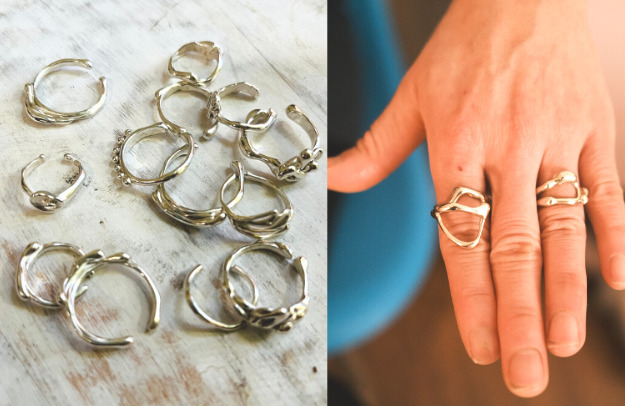
Q/ What is your outlook for the future?
New York has an environment in which it is acceptable to take on challenges at any age. I feel that I am able to walk into a future that I would not have been able to choose if I had stayed in Japan because I was concerned about the eyes of those around me.
As for recent news, a vintage clothing store in NYC likes my work so much that they have decided to keep it in their store. At one event, a fashion-forward gentleman asked if I could make one of my designs in gold, for men. Little by little, I feel that my efforts are bearing fruit; I am gaining recognition, and an environment is being created for me to expand my activities.
In 2023, I plan to focus more on jewelry making and gradually expand my brand. I am also considering creating a mail order site, so I would be happy if people living outside of New York could come in contact with my work.
The place where people who are conversant with, dedicated to, and influenced by Japanese culture can gather, create innovative arts through the collaborative process and disseminate them to the world.
What’s in the Box?
RESOBOX is the name created from a mashup of the words Resonate and Box.
This Resonating Box envisions a space where people can meet and collaborate to create new and innovative Japanese culture. The space within this Box Resonates, too, shaking up everything inside.
Japanese people are welcome, and so are the many non-Japanese people who understand and find themselves being influenced by the arts of Japan.
These artists can meet in RESOBOX, and create new works by adding and mixing in their sensibilities, playing a great role in preserving, and even developing Japanese culture.
In today’s global environment, Japanese culture might not always emanate from Japan alone, but also from places like New York City, where culture is highly concentrated and widely disseminated to the world at large.
The founders of RESOBOX believe that by promoting such artists, truly innovative and more sophisticated Japanese culture can evolve, resonating with people all over the world.

